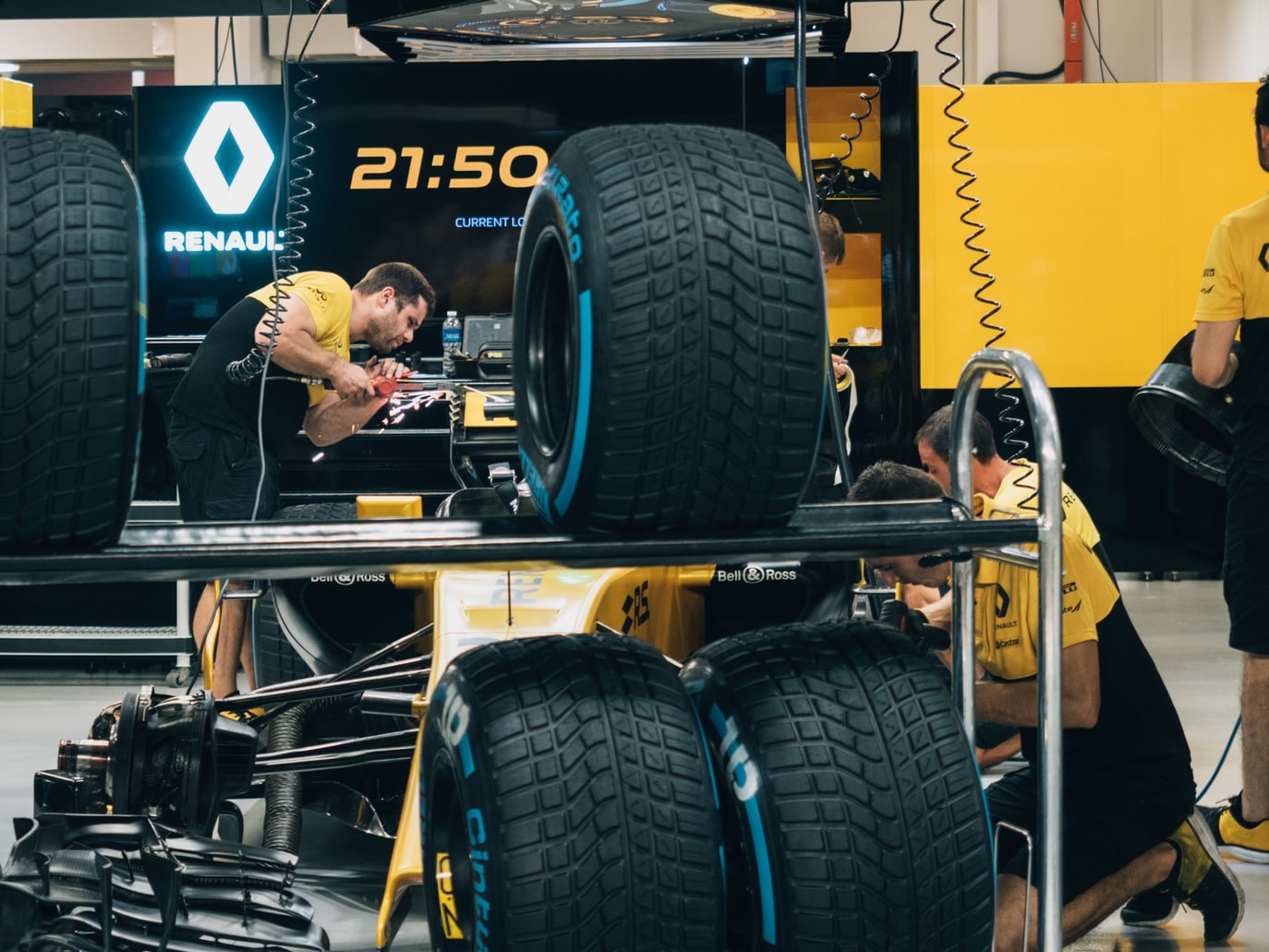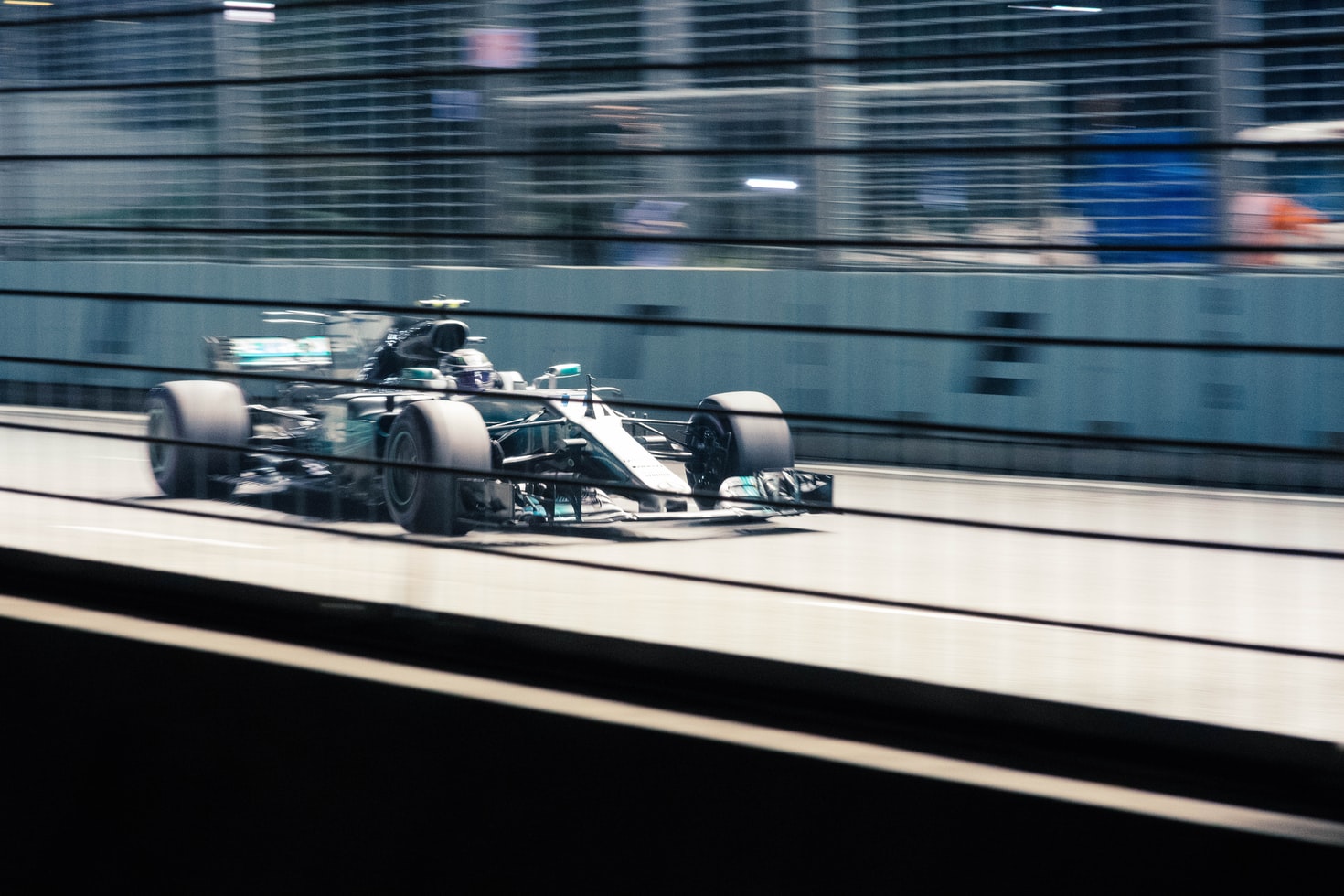

Formula One Racing is one of the outliers when it comes to professional sports. From a technical perspective, drivers race around a track at 300kmph while trying not to make errors in the margin of centimeters. From a fan perspective, team drama and manufacturing rivalries only add to the stakes. Find out, What did Drive to Survive to get Right About F1 Racing? Formula 1 Drivers Salaries 2022 [Annual Income Leaked].
What did Drive to Survive to get Right About F1 Racing?
The racing series’ association with a luxury lifestyle and big-name brands has kept many younger sports fans from diving into the sport. In other words, it seemed a bit out of reach for everyday sporting types. Netflix changed this perception for good when it released Formula 1: Drive to Survive in 2019.
Since then, the documentary series has seen just as much publicity as Formula One racing. Not only did the series shed a light on the highly nuanced world of F1, but it also stirred up conversations from longstanding fans—did Netflix nail the sport? Or was it conflating drama to attract viewers?
Regardless of the series’ veracity, the documentary helped introduce Formula One to a whole new generation of viewers worldwide. Typically, the sport has been a regular in online betting, as the limited number of drivers and manufacturers challenges punters to make lean decisions.
At the moment, the championship is being contested between legend Lewis Hamilton and newcomer Max Verstappen. Sports betting site Betway lists Verstappen as the favorite for the upcoming Turkish Grand Prix, with odds shortening on the Belgian-Dutch Red Bull driver in terms of Driver Championship, as well.
Anyone who’s watched a season of Drive to Survive knows what a meteoric moment this is not just for fans of F1, but also for the sport as a whole. For the past decade, Hamilton has commanded odds on the Driver Championship along with individual races. However, Betway now lists Hamilton with odds of 2.10 below Verstappen, who leads with odds of 1.72. Think of it like a Messi-Ronaldo faceoff in terms of clout and tension.
And after three seasons of Drive to Survive, many fans will be happy to see Verstappen overturn the old guard. Still—can viewers trust what producers have put together in the Netflix series? When it comes to these three factors, they absolutely can.
The Interpersonal Drama The racing in Drive to Survive is only the beginning for drivers and manufacturers. The first season of the Netflix series, which was just renewed for a fourth installation, didn’t see participation from Ferrari or Mercedes… which ended up being a commentary on the series’ two most elite competitors.
Longtime fans of F1 know that Netflix hyped the drama between drivers, teams, and manufacturers at every level. Any worthy documentary would do so. However, Netflix certainly didn’t take any of the intrigues out of context.
Each year, team leaders such as Cyril Abiteboul of Renault and Zak Brown of McLaren are forced to make heartbreaking decisions in relation to their drivers. Their drivers, in turn, must make deals with other manufacturers if they want to stay in the race. Manufacturers, meanwhile, are busy side-eyeing other car designs and looking to build on the success others have invented. Formula One is a jungle of titans; no scripting is needed.

The Insane Driving Skills at Play
From the outside looking in, the English driver for Mercedes, Lewis Hamilton, made the sport look simple. Only Netflix’s series took cameras inside the cars to highlight just how complex a big win is for drivers to put together.
First, they’re working with a highly testy car that regularly undergoes minute changes. Second, they’re working with a digital steering wheel that has more buttons than most remote controls. Third, they’re responsible for communicating with their team at all times and must contend with the other driver on their team.
Lastly, they’re responsible for handling all of this input while speeding down a track at light-speed with nothing but a helmet and a fireproof suit to protect them.
Diehard Loyalty The loyalty between manufacturers, drivers, and the F1 teams that work closely together for the better part of each year is tough to quantify. Manufactures are loyal to successful drivers such as Lewis Hamilton and Max Verstappen—so long as they’re performing. And drivers are loyal to their manufacturers and teams—so long as they’re a priority. The first season of Drive to Survive highlighted the rivalry between Red Bull drivers Daniel Ricciardo and Max Verstappen. Red Bull prioritized their Belgian-Dutch prodigy at every turn, causing Ricciardo to leave for their top competitor, Renault.
The push-and-pull of fierce loyalties is kept at the heart of Formula One. It is an aspect of the racing series that all participants understand. It’s also something that viewers have been enamored with since the series began three years ago. Hope this content has clarified to you the facts. Top 10 Motorcycle Road Racers of all Time.

Leave a Reply